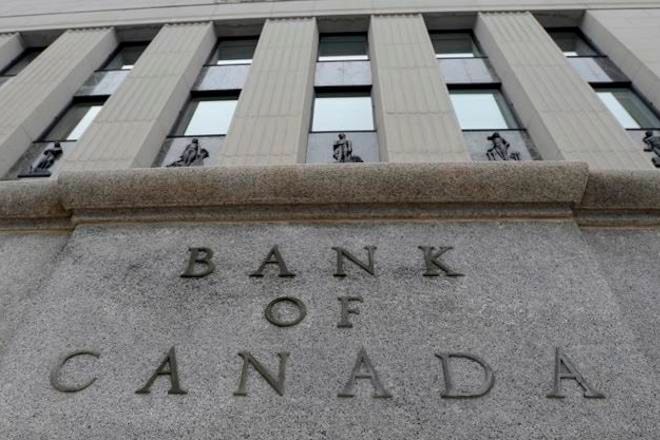By Peter Boys, CAFA The Financial Coach
The US Federal Reserve increased the US interest rate for second time this year in June to 1.75 per cent and have indicated two more increases on the way this year. The last time the rate topped two per cent in the U.S. was in 2008. This resulted in the US subprime mortgage meltdown which forced the Feds to cuts the rate to zero.
The Bank of Canada has raised its trendsetting policy rate to 1.5 per cent, up from 1.25 percent. This was the fourth rate increase in the last 12 months. This translates into higher borrowing costs for cars, home mortgages and credit cards over the next year as the central bank raises interest rates more quickly than was originally anticipated.
So, what does this mean for Canada?
Potentially, Canadians could be in a tight spot. Rising rates here could put all the heavily indebted Canadians into a very tight cash flow position having to service more debt. This will also hold Canadians back from taking on more debt. They will be borrowing less for new vehicles, mortgages and business loans. Another effect will be to push the value of the Canadian dollar lower as compared to the US dollar. This will stimulate Canadian exports, while discouraging Canadians from visiting the USA.
Are car loans the next sub-prime crisis?
With car loans now stretched out to 96 months, consumers who want to own new wheels are spurred on by low borrowing rates. The result is; many are now financing what was left owing on their trade in, on top of the price of their new vehicle. These are called “Negative Equity” loans. They can quickly become ugly, especially for those Canadians who are already on a tight budget.
What about the job situation in Alberta?
When the oil-patch slows down - the impact on the economy is quickly felt. This creates reduced or curtailed spending over a wide range of industries. Workers across Alberta have been receiving layoff notices. Some have been offered a rehire for less money but with similar job responsibilities as their old job. We also have have oilfield professionals driving trucks or school busses to make ends meet. The sad part of this is both the financial and mental toll on workers and their families. A word of advice here is that if anyone out there is finding it tough to pay the monthly bills, please get some help.
Contract workers are in a double bind?
When the oil patch was booming many workers decided to leave their regular employment and become contract workers. Through this process they gave up their health and dental benefits, short and long-term disability and life and other insurance coverages as part of their benefit package. These benefits were not replaced with private insurance by these contract employees. On top of these expenses, workers added more debt when the economy was rocking when the money was rolling in with all the overtime.
When interest rates go up, even slightly, it has an effect on those in debt and making payments. Sit down with a trusted professional to discuss the different options available to keep you moving ahead.
